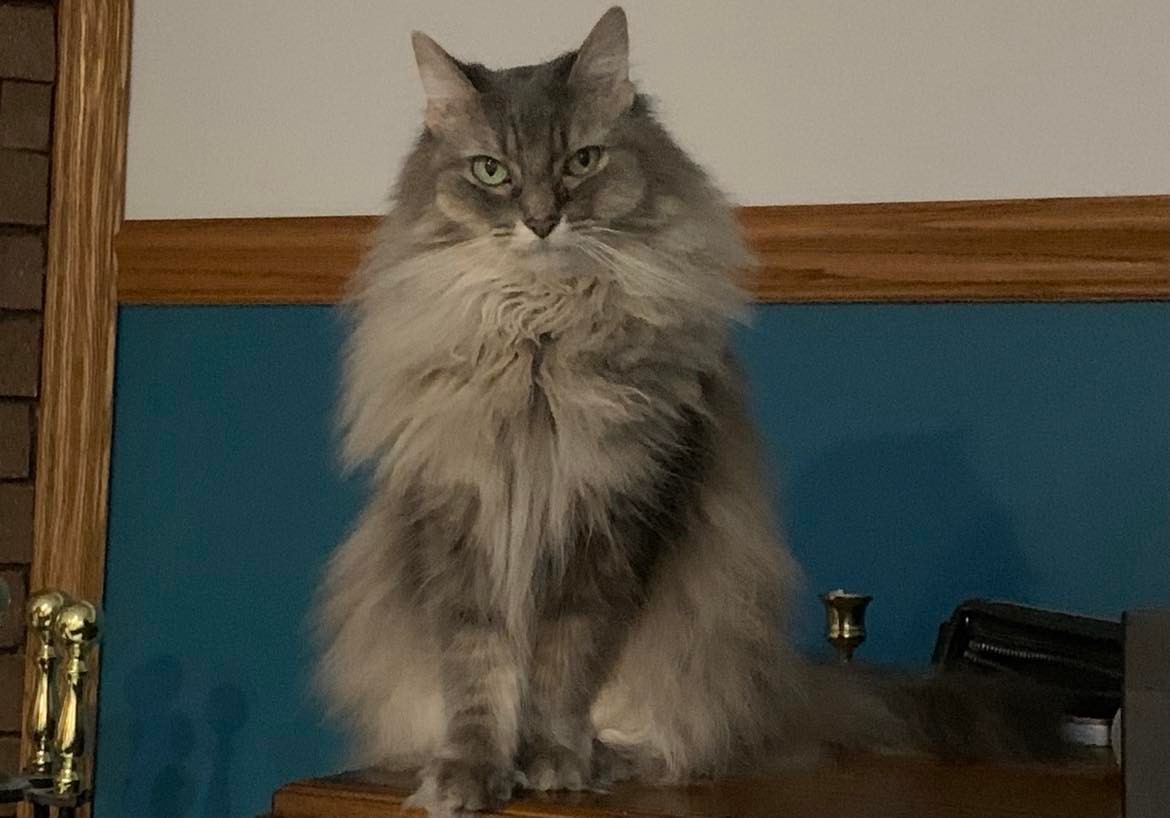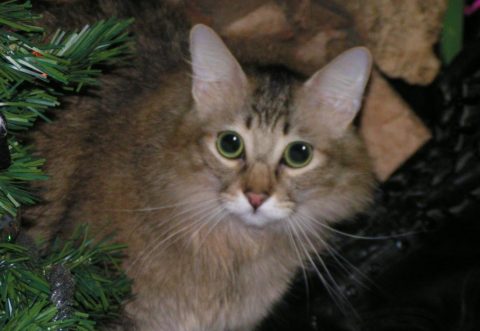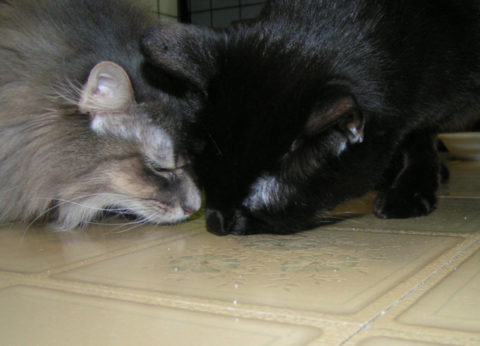Some interesting revelations have come from mapping the feline genome. We know that cats first started living among humans around 9,500 years ago. We know that the cats that were more likely to be friendly were the ones that farmers kept around for rodent control. What we didn’t know until very recently were the genetic changes that made domestication possible, nor just how domesticated our furry feline friends are, or, rather, aren’t.
The feline genome shows that our beloved cats are only semi-domesticated
An article in The Atlantic explains what this means for our own cats. Wes Warren, professor of genetics at Washington University and one of the study’s authors, says that the feline genome does, in fact, show that cats are really only semi-domesticated. The genes that control for things like hunting behavior remain largely the same as our house cats’ wild ancestors, while the genes for markings, grace and docility are what changed.
As far as genes that still allow for wild behavior, consider these facts: Domestic cats still have the broadest range of hearing among carnivores, which they need to locate prey. They still have extremely good night vision, so they can see their prey after the sun sets, or before it rises. And they still require a high-protein, higher-fat diet. What that implies is that domestic cats have not yet evolved enough to be entirely dependent on humans for food and survival.
We see this easily with feral cats, which are domestic cats in species, but wild in every other way. Feral cats must hunt for food, which means they must retain the abilities that make them able to hunt effectively, and to digest and use the nutrients they get from their prey without any nutritional supplementation from humans. Without the genes that help keep them wild, feral cats likely would not survive for very long.
The feline genome also explains how food can serve to train cats
One of the things that researchers found in the feline genome is that some genes contribute to behavioral changes when given food rewards. Cats that were able to learn new behaviors based on food rewards were those that ancient farmers kept around. These cats passed those genes on, which contributed to domestication, according to an article on the American Association for the Advancement of Science’s website.
So why the wild tendencies? There are a couple of different ideas for that. One is that domestic cats still interbreed with wild cats. Humans are not helping that; several designer breeds depend on interbreeding with wild cats. Such designer breeds include Bengal cats and Savannah cats. Bengal cats come from domestic tabbies and Asian leopard cats, and Savannah cats come from domestic cats and African servals. Asian leopard cats and African servals are both wild feline species.
But domestic cats that spend time outdoors, and that aren’t fixed, also breed with feral cats, and possibly with bobcats (though it’s uncertain that this actually happens). In other parts of the world, domestic cats may still interbreed with the Near Eastern wildcat, which is their direct ancestor. So the genes remain, because there’s sometimes a fresh supply of wildness injected into the feline genome.
The feline genome doesn’t tell the whole story, though
Another idea is simply that there hasn’t been the same evolutionary pressure on domestic cats that domestic dogs and other domestic species have seen. Plus, domestic cats haven’t been with us for nearly as long, and our coming together was more of an accident than it was intentional. We started living with canines for a reason. Cats just appeared around our grain stores because of the concentrated supply of prey.
Mostly, though, the feline genome tells that despite being one of the most popular pets in the world (fish are more popular, if you go by number of animals per household), much of what gives cats their reputation for being cold and aloof is the fact that they’re not fully domesticated. Yet.




